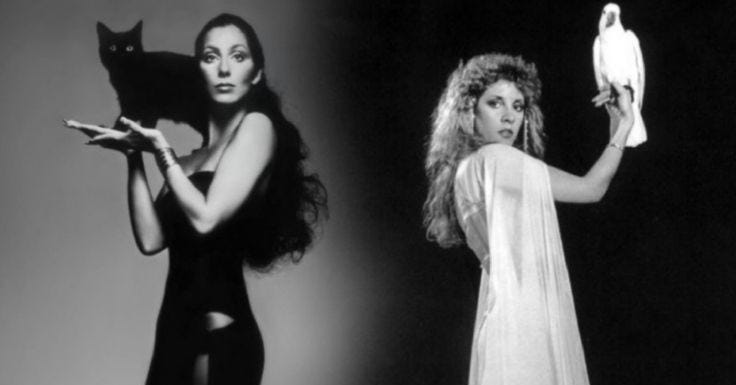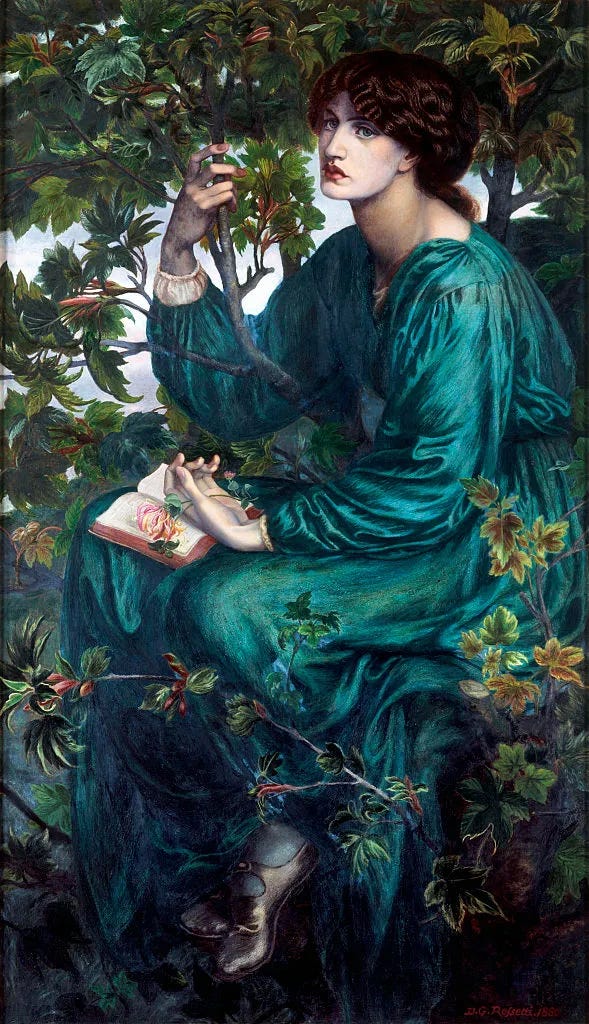"With freedom, books, flowers, and the moon, who could not be happy?”
Oscar Wilde
Bohemian: the archetype created by the the dreamers and poets, nomads of mind and spirit.
The core stylistic elements of Bohemia are wanderlust, folklore, eclecticism, fluidity, and organicism.
Bohemianism was born in the labyrinthine streets of 19th-century France from the longing of artists to rebel against bourgeois conventions. Trading in the societal constraints for a more organic, fluid fashion, this new style was expressed in billowing fabrics, well-loved garments, embellished with accessories from all over the world. Clothing became a peaceful manifesto, a tactile expression of the creative rebellion and desire for autonomy.
By the late 20th-century, specifically the 1960’s and 70’s, the Bohemian style was reborn with the ethos of the hippie movement. Woodstock, free love, and love for Mother Earth shaped a new aesthetic, inspired and borrowed from Indian, Romani and Native American cultures. This era redefined Boho into a romantic, anti-establishment movement that paradoxically brought it into the mainstream.
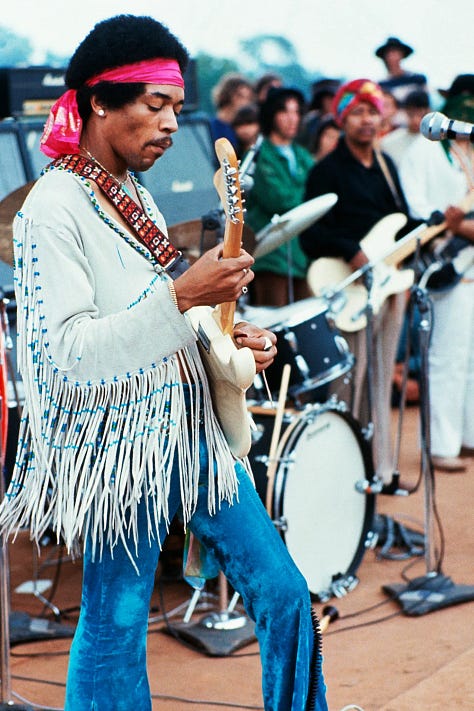


The early 2000’s held another evolution: Minimalism and grunge had been the centerpiece of 90’s fashion, but fashion’s pendulum swung back to romance and ease. Chloé’s collections showcased ethereal dresses, earthy tones, and embroidered details that felt both effortless and luxurious. Isabel Marant brought a Parisian twist, adding structured jackets and feminine silhouettes to Boho’s free-spirited essence. High-fashion was now imbued with the free-spirited nature of Boho-chic— what was once considered to be countercultural now felt more like quiet, free-spirited luxury.
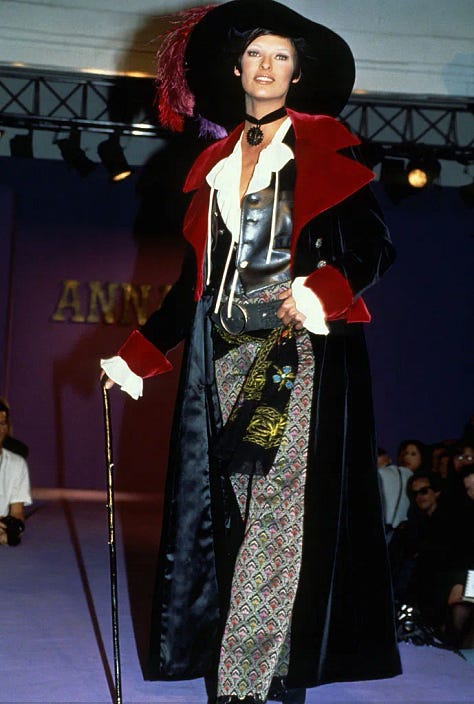

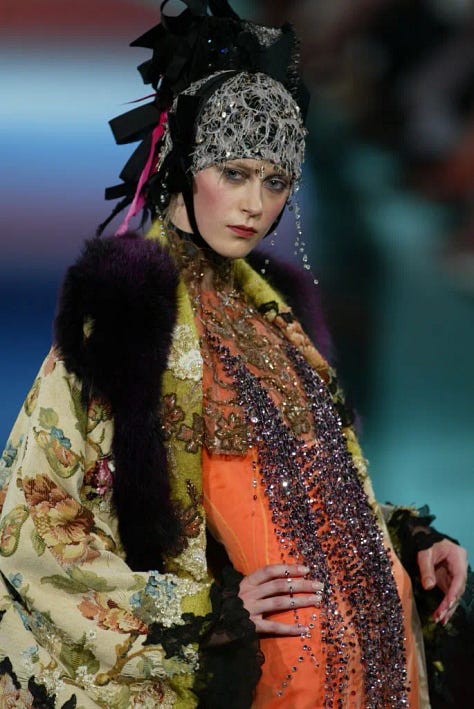
By the 2010’s, Boho was no longer a fleeting trend but was becoming more and more of fashion’s centerpiece*. Fueled by festivals like Coachella, the bohemian style transformed into a highly curated, commercialized aesthetic— influencers and celebrities alike wore fringe vests, crochet crop tops, and the now-iconic floral crowns. This era of Bohemian fashion took on a more theatrical edge, a blend of free-spirited romanticism and influencer-driven maximalism. No longer a rejection of the mainstream, this aesthetic transformed into a mass-market expression of style.
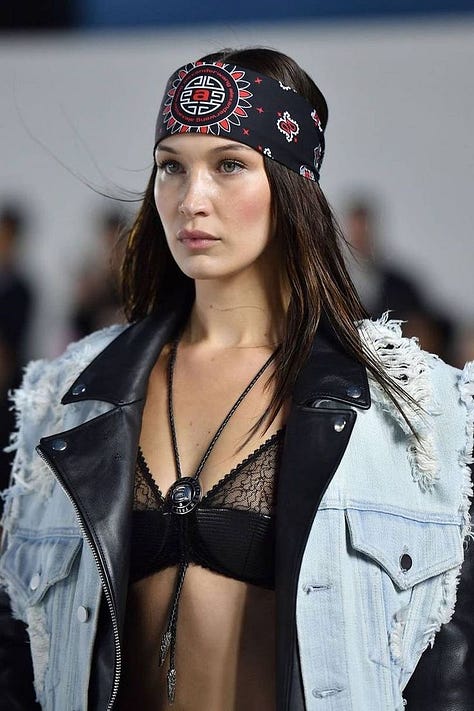
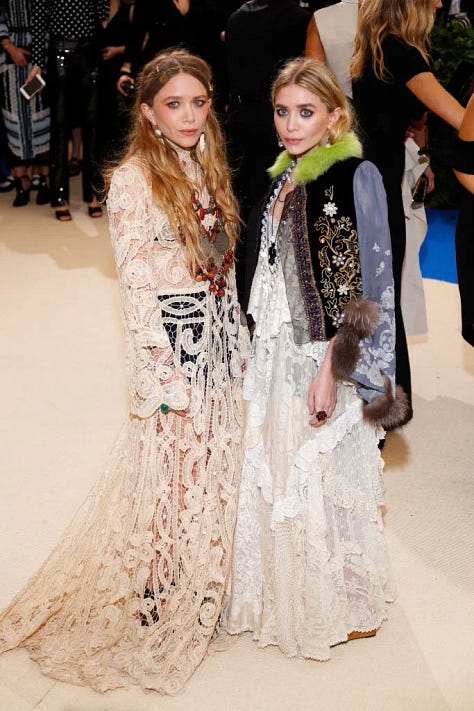
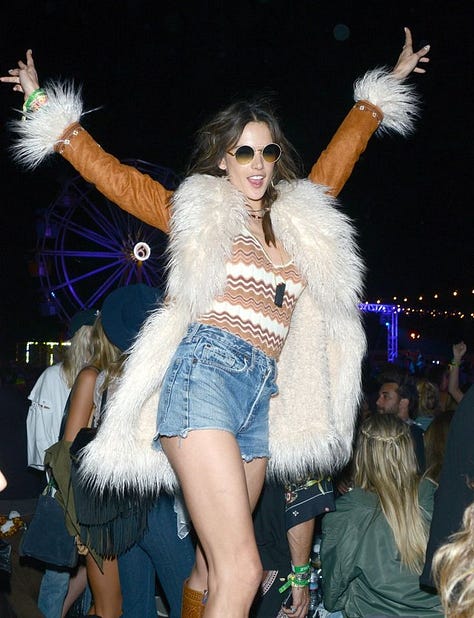
*It’s important to note that today’s Boho, at least this mainstream form, is a diluted mutation of its origins. Though some iterations echo the past, the ‘festival style’ is not nearly as curated— it lacks the depth and intentionality that defines true Bohemia. Social media, influencer culture, and mass-market consumerism have watered-down this aesthetic into a homogenized archetype, stripping away its original spirit of individuality. The influence and desire to ‘fit in’ for singular events has become more of a status symbol than independence. What was once a rejection of the mainstream has, ironically, become a uniform.
To (authentically) embody this archetype, one must embrace a life of fluidity—where self-expression takes precedence over convention. It’s about wearing what feels authentic, mixing textures and influences with ease, carrying an air of creative nonchalance that softly speaks to ones individualism.
The most iconic living embodiment of Boho is Stevie Nicks.
An American singer-songwriter, known for her work with the band Fleetwood Mac and as a solo artist, Stevie Nicks has never followed the path laid out for her. She wrote her own way in music, fashion and style. She’s many things at once, a poet, a wanderer, a mystic— a woman refusing to be bound by trends, rules, or expectations. Her music, like her style, is deeply intentional, a fusion of folklore, high emotion, and rebellion.
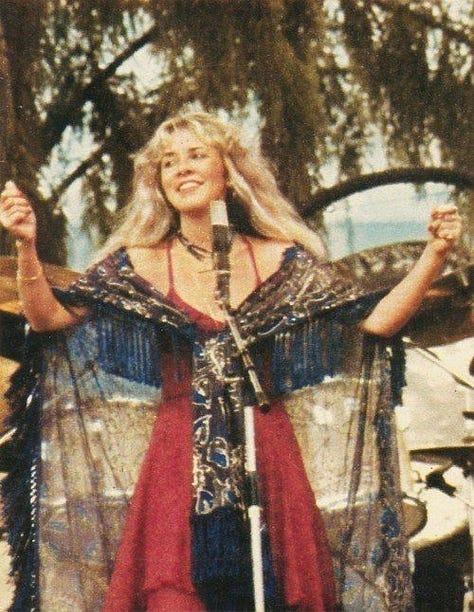
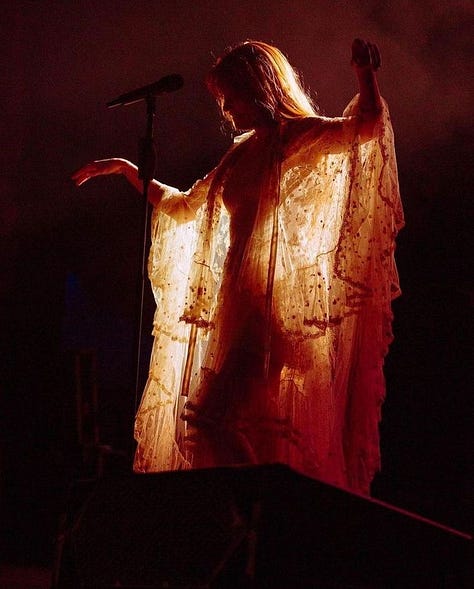
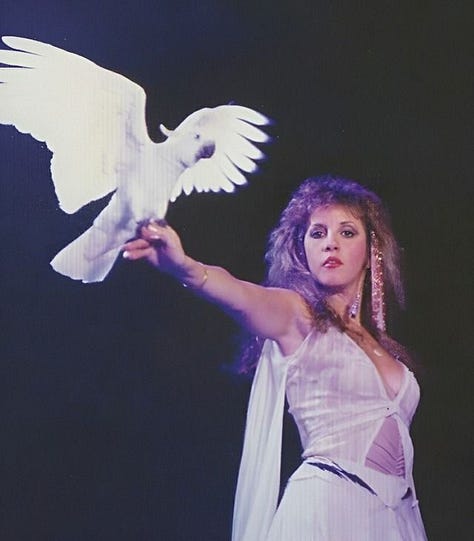
The best fictional embodiment of Boho is Peter Pan.
Peter Pan is not just a character—he’s an ethos. Like the Bohemian, he chooses to exist outside of time, outside of rules, living with a sense of adventure, artistry, and nonconformity. He’s whimsical in a lovable, child-like way— his unstructured clothing, use of earth tones and lovable manner is classic Bohemian— a look created by someone with dreams too magical to be tamed by society.

In summary, lets review the five elements of the Bohemian Aesthetic once more:
Wanderlust: Arguably the most important feature of this archetype, the feeling of wanderlust is crucial to achieving the Bohemian aesthetic. A wandering spirit who is inspired by different cultures, textures, and craftsmanship, the feeling of wanderlust is infused into every outfit.
Folklore: Rooted in tradition and myth, Boho incorporates handcrafted details, intricate embroidery, layered outfits and natural tones.
Eclecticism: Almost appearing mismatch, the bohemian style is a fusion of personal inspirations. Vintage finds, layered textures and unusual pairings, eclecticism is what brings each individuals Bohemian aesthetic to life. Remember, this is not a uniform. There are no right or wrongs, unless you chose to conform.
Fluidity: Unrestrained and ever-evolving, Boho embraces flowing silhouettes, draped fabrics, and an effortless approach to both fashion and lifestyle. Carefree and whimsical, the Bohemian inner child proudly plays with each outfit they wear.
Organicism: Deeply connected to nature, Bohemian style favors raw materials, earthy tones, and sustainable, handmade pieces that feel both grounded and ethereal. The reverence to Mother Earth, love for community and togetherness is at the very core of this aesthetic.
Bohemian style has never been just about clothing—it’s a quiet, loving rebellion against the ordinary. Not an uniform, but a lifestyle— a commitment to self-expression over mainstream conformity. It’s the vision of the dreamer, the artist, the wanderer— those who find beauty in the unique and imperfect, and meaning in each fleeting day. No matter the final form, the essence of Bohemia remains the same: to live with joyful, reckless abandon, to never give in to the corporate manifesto, and to be truly, and proudly, oneself.
“All the world is made of faith, and trust, and pixie dust.”
-Peter Pan
With great personal aesthetic,
Alexandra Diana, The A List
Additional sources: https://wwd.com/fashion-news/fashion-features/gallery/boho-chic-style-photos-1236719903/mischa-barton-sighting-at-la-conversation-cafe-march-8-2007/, https://www.gq-magazine.co.uk/fashion/article/jimi-hendrix-style
If you enjoyed this article, explore more about the different style archetypes here!





